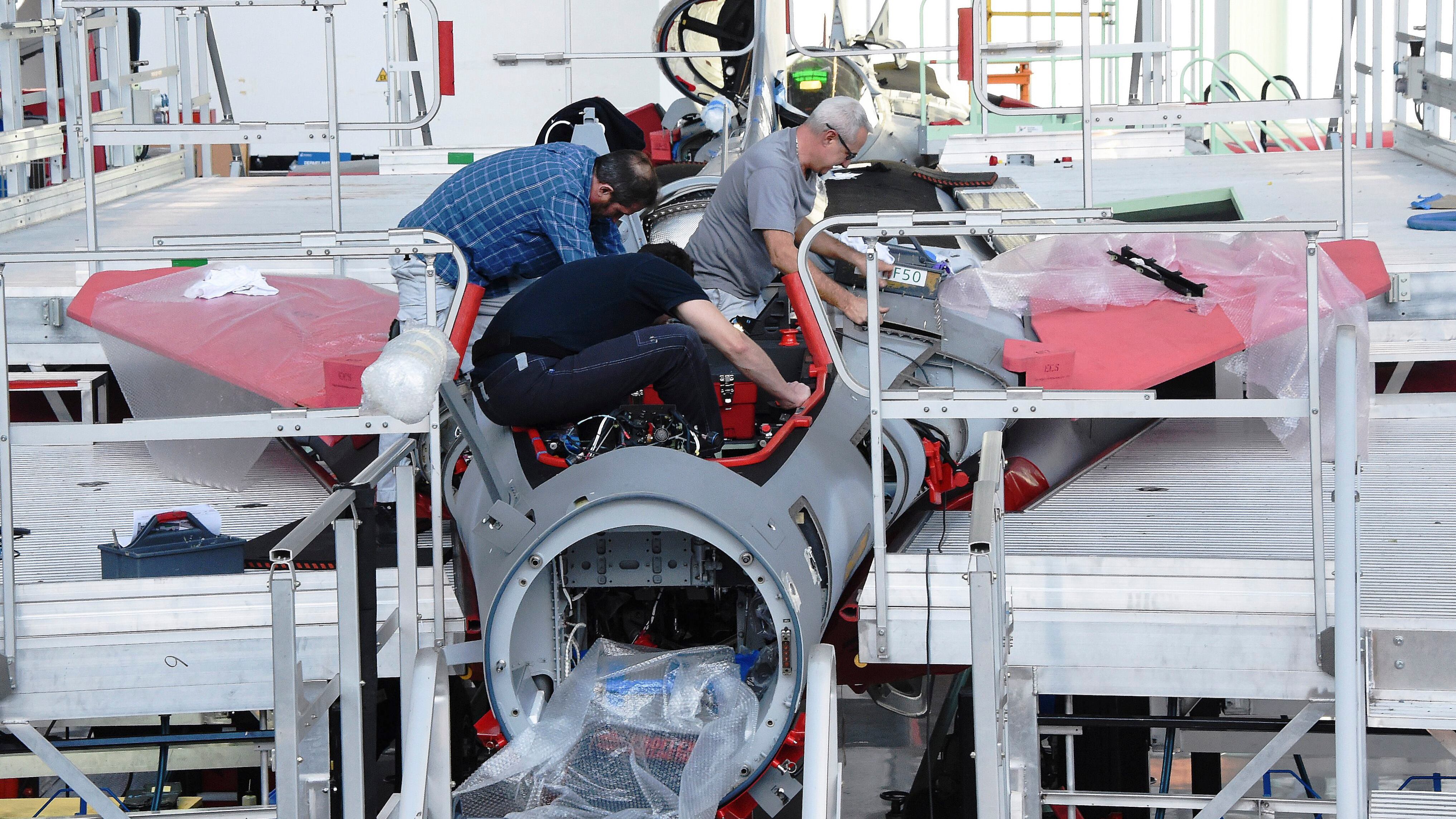PARIS – Thales launched on Oct. 16 its new AirMaster C, a compact, active electronically scanned array (AESA), airborne surveillance radar for small and medium-sized platforms.
Although the radar’s design phase has been finalized it still needs testing airborne. Nevertheless, Stéphane Lavigne, a sales director at Thales, said that the French Armed Forces Ministry had already notified its intention to buy the equipment for the future light joint army helicopter, the Guépard, developed by Airbus Helicopters and due to enter service in 2026.
Jon Bye, Thales' head of customer marketing, said that the AirMaster C would ensure customers got “that great picture, first time, every time.”
The active antenna radar is based on SiGe (silicon-germanium) technology fully validated in 2019. Thales says SiGe is “much more energy efficient than other technologies used for AESA radars, and allows the radar to self-cool.”
RELATED

François Arpagaus, the company’s airborne surveillance product line director, said that AirMaster C is easy to integrate, less complex to operate and would allow users to “see more, more of the time” thanks to “multi-polarization” which allows the radar to automatically select the optimal settings for each mission.
The radar was designed for a small footprint, making it 30 percent lower in size, weight and power than other radars in its class. It is small, no bigger than two A4 pages side by side, weighs less than 20 kg (45 lbs) and uses about 1 Kw of power. “It’s perfect for small and medium-sized platforms, both manned and unmanned,” Arpagaus said.
Lavigne said the sensor had been designed with a lot of input from radar users. “The program is launched, we are ready to take orders,” he said, adding that typical delivery time from contract signing would happen within two years.
Christina Mackenzie was the France correspondent for Defense News.
More In








